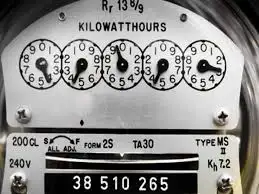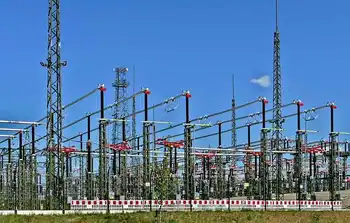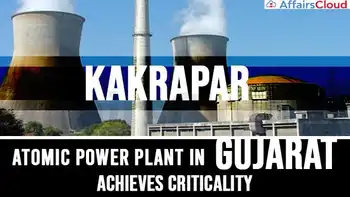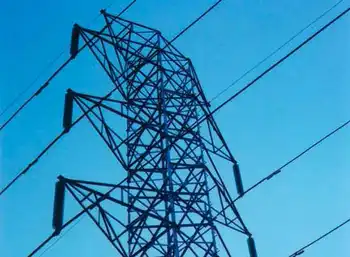Advances made on Northrop's laser
Such power is unheard of and would change the way the military responds to various kinds of threats from land, sea and air.
"The laser has a mix of very unique traits of high-interest for the military," Dan Wildt, vice president of Northrop's directed energy systems program said. It can travel at the speed of light, offer ultrahigh precision to limit collateral damage and can engage a target instantly, he noted.
Los Angeles-based Northrop is one of two companies creating this kind of electric powered device. The other is Providence, R.I.-based Textron Inc.
Northrop said it was recently able to produce a beam of light at more than 105 kilowatts — the equivalent to 1,000 100-watt light bulbs focused on a small spot. Textron is expected to reach the same kind of performance later this year, according to the Army.
The laser project, which has been under development for the past six years, is a joint effort between the Air Force, Navy and Army. The services are looking to find alternative means to fuel a weapon that can shoot down rockets, missiles, artillery and mortars.
Until now the most powerful weapons have used chemicals as their energy source, but because of its limited availability are expanding to use electricity. The electric laser would also be more compact, lighter weight and more mobile in the battlefield, said Wildt.
The Army is currently looking to integrate a laser weapon with a tactical ground vehicle, while the Navy is looking to equip it on ships to counter attacks by small swarming craft that carry explosives.
Northrop says one of the advantages of the device is that the military can set the laser to a particular level to meet the threat.
"Threats vary, and so should the response," said Wildt.
The Army, which is in charge of overseeing the third development phase, will begin testing at the White Sands Missile Range, N.M.
Related News

Opinion: With deregulated electricity, no need to subsidize nuclear power
PITTSBURG - For decades, the government regulation of Pennsylvania's electricity markets dictated all aspects of power generation resources in the state, thus restricting market-driven prices for consumers and hindering new power plant development and investment.
Deregulation has enabled competitive markets to drive energy prices downward, which has transformed Pennsylvania from a higher-electricity-cost state to one with prices below the national average.
Recently, the economic advantage of abundant low-cost natural gas has spurred an influx of billions of dollars of private capital investment and thousands of jobs to construct environmentally responsible natural gas power generation facilities throughout the commonwealth — including our three…





